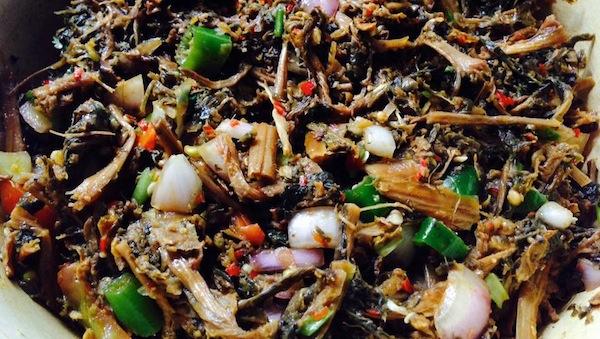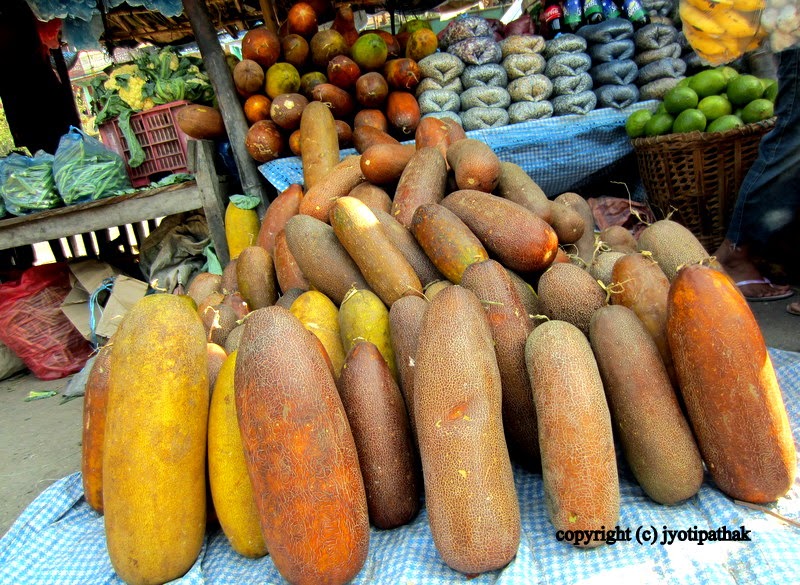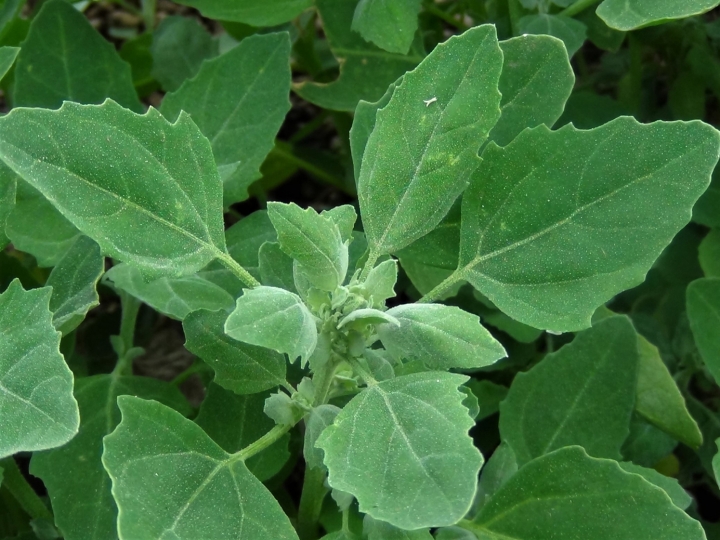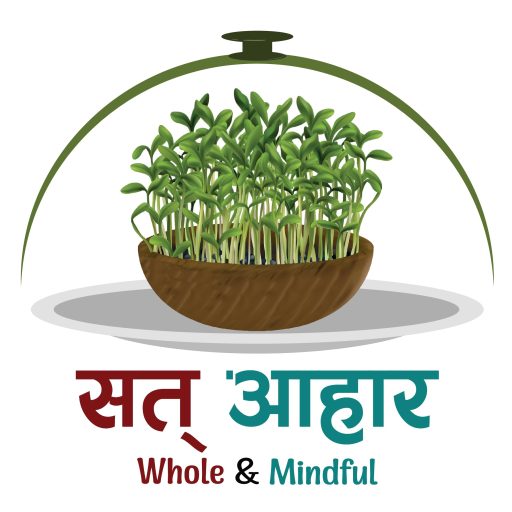Gundruk is a non-salted fermented green leafy vegetable product made from the fresh leaves of native Nepali vegetables such as Rayo saag (Brassica campestris), mustard leaves (Brassica juncea), and cauliflower leaves (Brassica oleracea). Although gundruk is dry, it is similar to other wet fermented vegetable cuisines such as Korean kimchi and German sauerkraut (1).
To prepare gundruk, we should follow following steps.
- Fresh leaves of local vegetables called Rayoko saag, Toriko saag and cauliflower leaves are wilted in sun for 1-2 days.
- Then they are shredded and crushed.
- After that they are squeezed tightly into an airtight earthen container or glass jar, to provide anaerobic environment. The container is then kept warm and let it naturally ferment for about 10 days. It is spontaneous lactic acid fermentation.
- At last, fermented gundruk is allowed to dry in sun for 3–4 days before consumption
Gundruk can be preserved for 2 years at room temperature. Lb. fermentum, Lb. plantarum, Lb. casei, Lb. casei subspecies pseudoplantarum, and P. pentosaceus have been isolated from gundruk which are beneficial for our body and act as probiotics* (2). (yo link lai hyperlink ma rakhnu la) Lactic acid bacteria not only protect food from spoilage but also improve the organoleptic properties of the food. Gundruk is highly nutritious.
How to eat Gundruk?
- As a freshly made Achar (add gundruk, onion, oil, salt, fried fenugreek seed, lemon juice and mix)
- Prepare as a curry (add dry soybean, tomato and Gundruk and cook as a curry to make gravy or soup)
*Probiotics are living microorganisms such as bacteria and/or yeasts that exert several health benefits such as improving digestive health when consumed in adequate amounts.
Gundruk has antimicrobial and anticarcinogenic properties. It works as a good appetizer. Benefits of Gundruk include increaseing digestion and absorption of nutrients, helps to cure diarrhea and constipation and boosts immunity. It is also a good for lactating women as it is known to aid milk production during lactation.
Besides nutritional and disease related benefits, Gundruk has other benefits too. When in season, rape leaves, mustard leaves and cauliflower leaves may have higher supply than demand. Because these foods are perishable, it may go waste if we do not utilize it. Gundruk making saves these foods and provides good dietary diversity. It also promotes food security especially in areas where fresh green vegetables are not available all year round. Preparing Gundruk is cheap and energy efficient and can be a good source of income as well.




